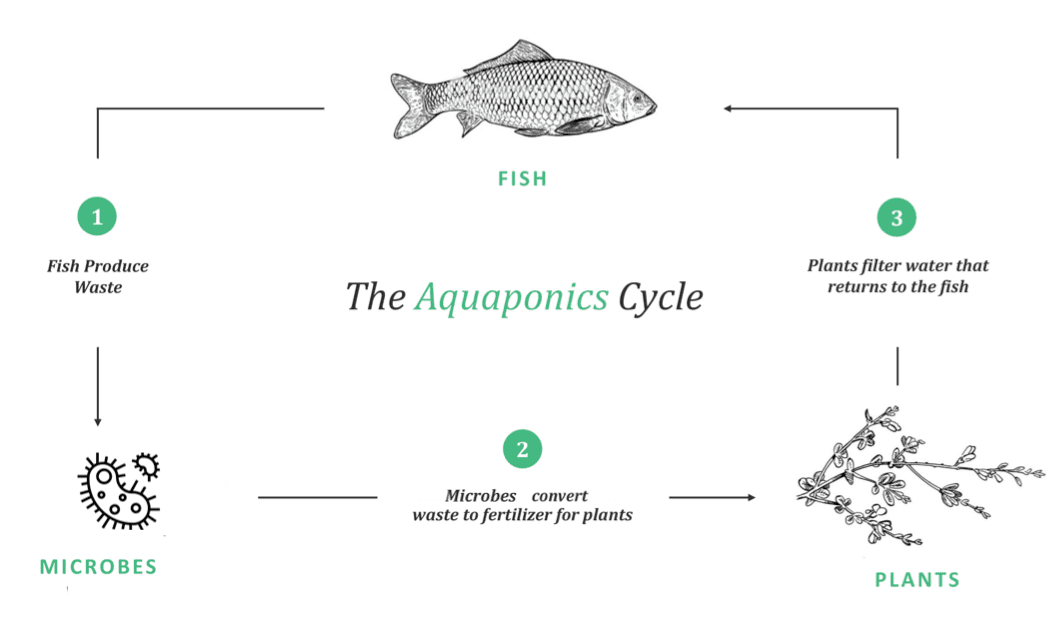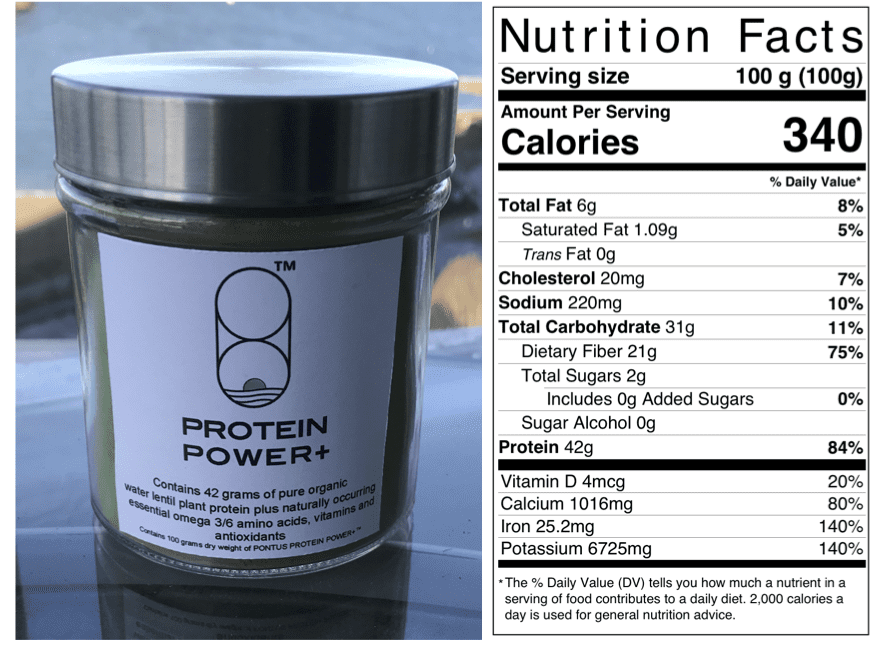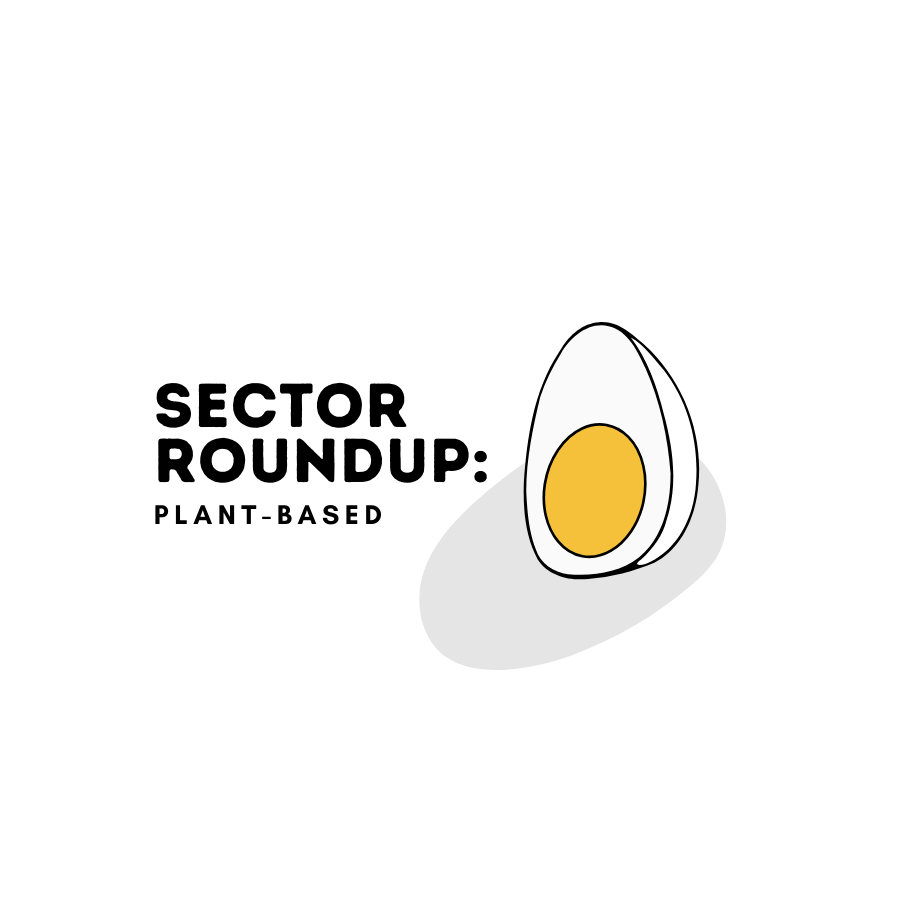I once dumped my first girlfriend because she was way too much of a hippy. Incense, drum circles, crystals, lentils, it all just about did my freaking head in. So, to realize 35 years later that I’m investing in water lentils as a profit opportunity, involves a certain amount of self-loathing on my part.
But if you’re watching the markets and seeing the upward trajectory of plant-based food stocks, where even the likes of former Namaste (N.C) CEO Sean Dollinger, and the Bridgemark Group, have their own fat plant-based deals with growing shareholder bases and spiking tickers, you’d be silly not to at least look for the grown-up play in the room.
The plant-based rush is real, and as bullshit-laden as the shroom sector is. How it works with new sectors is, once one deal goes to the moon, suddenly every mail room clerk at Canaccord has a brother-in-law with a company that would look great in some old mining vehicle, and the sector-wide rising tide lifts every boat far higher than it should, at least for a minute.
That said, the trick isn’t to avoid flavour of the month sectors, it’s to find the few companies in the morass that are real, that have actual potential, that aren’t already overpriced when they get to market, and which will eventually establish dominance as the fluffy bullshit artists fall away.
I’ve been talking to the folks at Pontus for more than a year now and watching their plans roll out, as promised, on a large scale, has been a joy. Partly because I think investors will make money on it, and partly because it’s shown the management team behind it are real, but also partly because I want the end product in my kitchen.
Newly listed Pontus Water Lentils (HULK.V) is in the business of products derived from one of the richest plant-based sources of protein.
Yes, water lentils.
A tiny leafed plant rich in protein, that doubles in mass every day and consumes barely any water (because it lives in it), and one that is fertilized by the fish swimming in that same water, water lentils present as near to a closed loop of food production as you could hope for. Once processed, Pontus’ water lentils become a product with 42% protein, as well as “antioxidants, dietary fibre, [..] minerals and vitamins including: Potassium, Iron, Calcium, Vitamin E, Vitamin A, Omega Fatty Acids, Riboflavin, and Folate,” according to the Pontus website
42% protein is a big deal.
Generally speaking, if you consume a protein supplement, the proteins come from other foods, such as mammals, eggs, almonds, dairy. This puts them off-side for the vegan community from the outset, but also consumes vast quantities of water to produce. As an example, if you’re using meat as your protein source, you’re going to go through some 20,000 litres of water to produce one kilogram of product.
The Pontus system also uses water, but re-uses almost all of it multiple times, reducing real world water consumption by as much as 95% and leaving no carbon footprint.
Here’s how that works:
- Fish swim in water
- Microbes convert their poop into chemicals plants need to grow
- Those plants clean the water by pulling in those chemicals
- The fish feed on the plants and enjoy the filtered water
- Repeat
Pontus has built an indoor facility in sunny British Columbia that sees this loop play out on a large scale, enabling the company to grow pesticide-free, GMO-free, vegan-friendly protein in a system that produces almost no waste and doesn’t require barrels of chemicals to keep going.
Of course, there’s nothing stopping anyone from building something similar with parts they bought with a Home Depot gift card, but Pontus’ differentiator is, each stage of this process requires different inputs to get the best possible outputs. As an example, the fish require a different temperature than the plants do, if they’re to thrive, and the bio-digestion process thrives under a higher temperature still. By de-coupling parts of the process, it allows the company to get better results.
In order to do that de-coupling, Pontus has purchased the Global IP for what’s called CEVAS, or the Controlled Environment Vertical Aquaponics System.
[CEVAS] usesMachine Learning to measure over 25 farm environment variables and artificial intelligence to assist farm management in perfecting operations systems to optimize growing conditions. This means we canimprove thenutrient density, health and harvest frequency of our crops.
With the global IP of the CEVAS system in hand, anyone else who might want to copy what Pontus has built can just sod off, or pay a licensing fee.
There are all sorts of benefits from growing protein outside of a farm field.
Some studies such as the 2018 Protein Powder Study from the Clean Label Project are showing above standard levels for the presence of lead, mercury, BPA and other known carcinogens in many plant-based protein powders. The Pontus farming practice eliminates most of the contamination risks associated with field-based farming.
That’s a lot of potassium.
To put it in context, a medium-sized banana will have 422 mg of potassium, so 100g of Pontus is the equivalent of 15 bananas worth of potassium.
A cup of tofu will get you 6.6mg of iron. 100mg of Pontus is the equivalent of almost four cups of tofu.
One of the problems vegans and vegetarians sometimes have is in finding a good source of B12, as that’s long been considered to be something not found in the plant world… except for in water lentils. That makes the Pontus product a big deal in veggie circles.
So clearly Pontus is good for you – what can you actually do with it?
All sorts of things. Like protein pasta!
Pontus plans to have expanded to a 60,000 sq foot production facility by 2022, and be supplying partners in the functional beverage industry by that point.
Let’s be clear: I want this product to exist in my world. I want it in my kitchen. I’m sick of whey protein powders and boob-producing soy proteins and expensive and wasteful almond proteins. Let the fishies bring me duckweed and let’s protein load all day long.
And make some money.
— Chris Parry
FULL DISCLOSURE: Not a client, but public soon and I’m buying in and, who knows?





